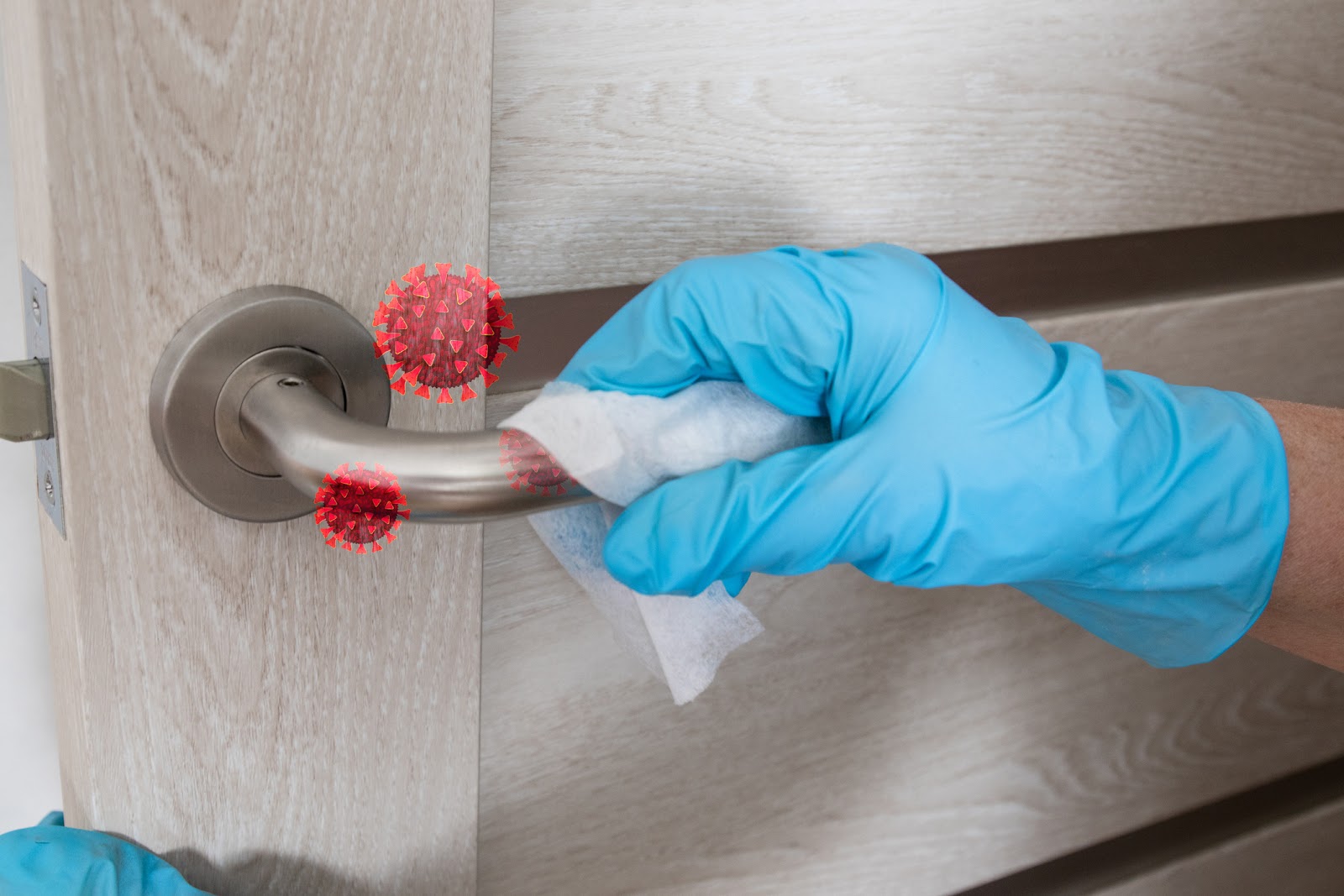How long can a virus live on a surface?

How long can a virus live on a surface?
Our bodies are full of living things, from bacteria and fungi to mites and viruses. Some of these things can survive without us even knowing that they’re there, but sometimes, symptoms can begin to surface, alerting us to a potential problem or infection.
When we have a viral infection, we may begin to display symptoms such as a sore throat, fever or high temperature, headache, cough or stuffy nose[1]. These infections are generally passed from person to person by touching a surface that has recently been touched by an infected person. But viruses cannot live for that long outside of the body and will eventually die.
How long do viruses live outside of the body?
The length of time a virus can live outside of the body generally depends on the virus itself. It may also depend on the surrounding environmental conditions, such as humidity and temperature, and even the type of surface that they’re on (cardboard vs. metal, for example). The common cold can live on surfaces for up to several days, though the likelihood of you contracting the virus yourself declines over time[1]. You’re much more likely to pick up a cold when it’s freshly deposited on a surface, compared to when it’s been there for two or three days, for example.
The flu virus can survive on surfaces for less time than the common cold, around 24 hours, but it can survive in the air for several hours, making it easier to catch by breathing in the virus[2].
Lots of research has been done into how long coronavirus can live on a surface. It was thought that this information could be useful in preventing the spread. The virus generally lasts for different periods of time depending on the surface material. It can live for three to seven days on plastic and stainless steel, up to four days on paper and glass, up to two days on wood and 24 hours on cardboard boxes. It’s recommended that for things coming into the house, such as parcels, that you leave them for a couple of days to reduce your chances of getting COVID-19[3].
Viruses that live for the longest on surfaces include norovirus and hepatitis A. It’s thought that hepatitis A can live for months in food or water and on the hands for up to four hours[4]. Norovirus can live on hard or soft surfaces for up to two weeks and, like hepatitis A, in water for months[5].
How to kill a virus
One of the most effective ways of preventing the spread of viruses is to wash your hands. Our hands touch a lot during the course of one day, from door handles and shopping trolleys to car keys and parcels. If you have a virus yourself, regularly washing your hands can kill it before you touch any surfaces or items, preventing the spread. If you don’t have a virus but you touch an infected surface, washing your hands can kill the virus before it has a chance to enter your system.
But is there a way of killing a virus once you’ve contracted it? Unfortunately, there is no easy answer to this. Bacterial infections can be killed with antibiotics, but viruses cannot be killed in the same way. This means that you may have to let your body fight off the virus by itself. To improve some of the symptoms caused by a virus, however, there are some treatments available. Throat sprays can help to fight infections in your throat, as well as numbing the pain temporarily.
Does hand sanitiser work against viruses?
In a similar way to washing your hands with antibacterial soap, hand sanitiser contains alcohol that works to kill viruses quickly. But there’s more to it than this. Most viruses are surrounded by a fatty layer, also known as a lipid layer. Both soap and hand sanitisers are able to dissolve this fat, causing the virus to fall apart and prevent it from getting into our system. In this way, the virus is ‘deactivated’ and no longer a danger to us. This is why regular hand washing with soap or sanitiser was encouraged to stop the spread of COVID-19[3].
Resources:
[1] https://www.nhs.uk/conditions/common-cold/
[2] https://www.nhs.uk/conditions/flu/
[3] https://www.nhs.uk/conditions/covid-19/how-to-avoid-catching-and-spreading-covid-19/

